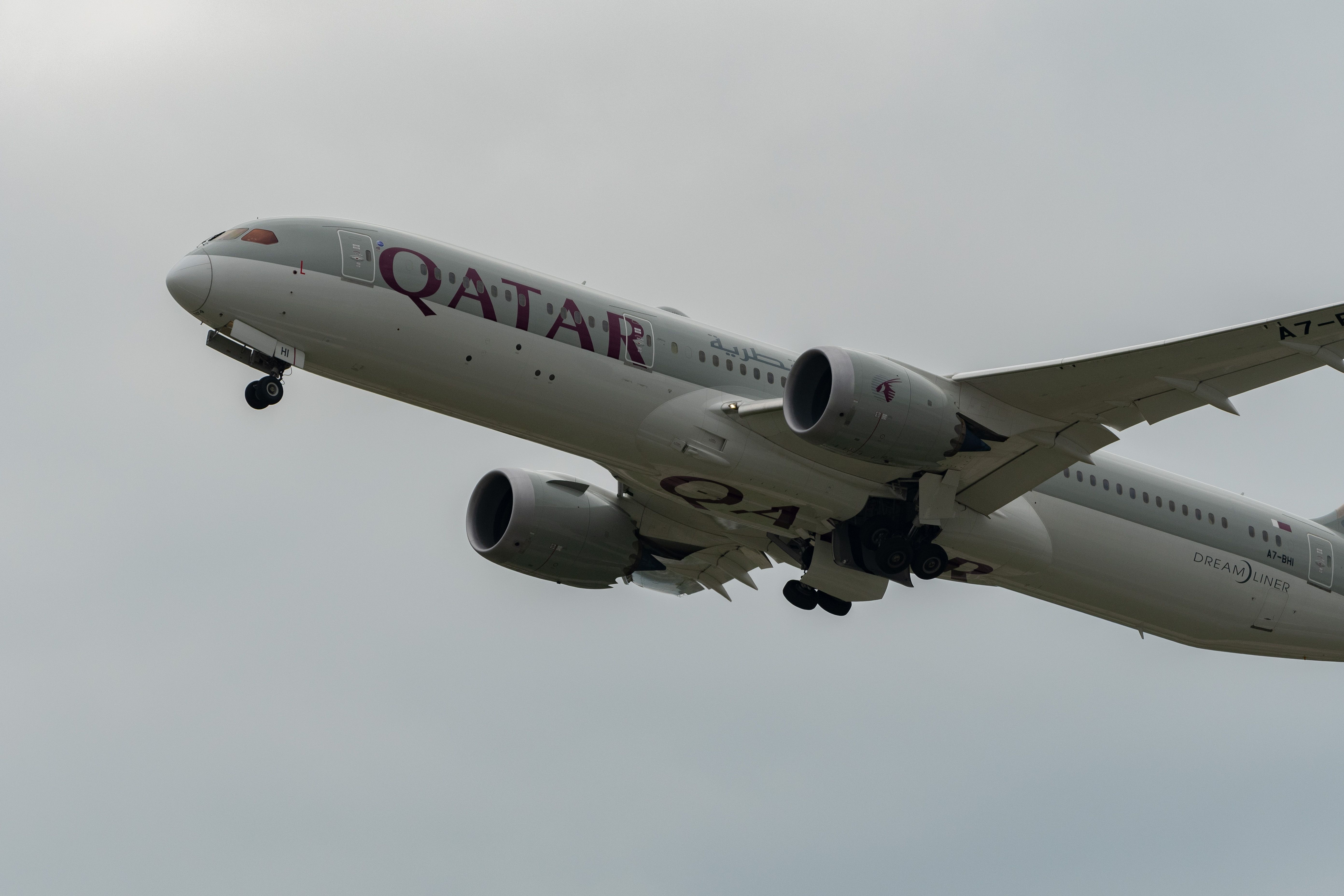Summary Retracting wheels involves hydraulic fluid, sequenced valves, and down-locks to move the landing gear securely. Auto brakes stop the spinning of the main landing gear wheels on modern large aircraft. Smaller aircraft may require manual brake application to stop the wheels from spinning before stowing.
Have you ever been intrigued as a bystander by the continuous spinning of aircraft wheels after takeoff? Have you ever kept looking at those wheels until they eventually stopped spinning or got stowed? Do they stop spinning in time for the “gear up” position, or do the pilots apply brakes before stowing the landing gears? The answer depends on the type of aircraft and the systems installed in the landing gears. This article explores various manual and automated mechanisms that ensure safe stowaway of wheels after takeoff and during flight. Retractable landing gear system Hydraulic reservoir: The system includes a hydraulic reservoir that contains excess fluid and provides a means of determining the fluid level using sensors and gauges.

Hydraulic fluid: Pressurized hydraulic fluid is directed from the reservoir into the gear line as the pilot commands the landing gear retraction by selecting the “gear up” position. Sequenced down-locks and valves: The components ensure smooth and secure movement of the gear within its allowed range. The hydraulic fluid passes through down-locks and sequenced valves to reach the gear-actuating cylinders.
Limit switches: Each landing gear has two limit switches, one for extension and one for retraction. The limit switches allow the gear to move and ensure it reaches its intended position. A typical landing gear retraction system utilizes pressurized hydraulic fluid to actuate various linkages to raise and lower the gear.
When the pilot commands the landing gear in the "up" position, hydraulic fluid is directed into the gear line. The fluid flows through sequenced valves and down-locks to the gear-actuating cylinders. The system also incorporates a hydraulic reservoir to contain excess fluid and to determine the system fluid level.
Each gear has two limit switches installed, one dedicated to extension and one to retraction. Covering the various processes involved. Do pilots need to stop the spinning wheels? Aircraft wheels are heavy, and on larger aircraft, they are heavy spinning items that act as gyroscopes.
Based on the principle of conservation of angular momentum, a system's spin tends to remain constant unless subjected to external torque. When the pilot commands the gear on most large aircraft, the main landing gear turns sideways for stowing. Want answers to more key questions in aviation? Check out the rest of our guides here .
Think about trying to turn a fast-spinning gyroscope sideways (changing its orientation). The centripetal and centrifugal forces generated through the spin would cause wobble, leading to uncontrollable vibrations throughout the aircraft. The wobble may also damage the internal systems of the landing gears, which comprise many electrical and hydraulic links.
The landing gear systems of modern aircraft are designed with specialized materials, enabling safe, secure, and reliable functioning. According to Safran Aircraft Systems , "The main and nose landing gears of the Boeing 787 incorporate multiple technological innovations, particularly in terms of materials. They bring weight gains and improved resistance to corrosion and fatigue.
A number of components are made from titanium including the main gear inner cylinder, which is an industry first. They are the only Boeing family landing gears not designed by the aircraft manufacturer." The type of landing gear is decided during the conceptual design phase.
How to stop the wheels spinning In some aircraft, the pilots must briefly apply brakes to the main landing gear before activating the gear in the cockpit. The application of the disk brakes stops the wheel from spinning before it is stowed sideways. Smaller aircraft with lighter retractable landing gear systems may require manual brake application.
Large modern airliners will auto brake and stop the spinning of wheels when the gear up is commanded. For example, on a Boeing 747 , the pilots are required to pull the gear level and let the aircraft do the rest. The aircraft uses auto brakes as part of the gear-up process.
Similarly, on a Boeing 737 , the main gear gets retract-braking pressure when the gear-up position is commanded. The nose wheels are free to spin into the wheel bay, where they contact a friction brake that drags to the tires before slowing and stopping the spin. Snubber units (friction brakes) are generally installed within the nose gear compartment since there is no braking system on the nose gear.
Cylindrical brushes are installed within the bay, which clean the tires as they slow down. The brushes around the periphery of the wheel bay housings also reduce aerodynamic drag and noise by closing off the gap between the tires and the bay walls. Did you know that the first retractable landing gear was developed in 1911?.



















